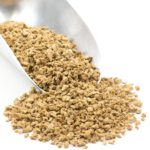Manufactured citric acid is one of the most common food additives in the world. It’s used to boost acidity, enhance flavor, and preserve ingredients. Sodas, juices, powdered beverages, candies, frozen foods, and some dairy products often contain manufactured citric acid.
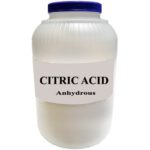
Cocoa powder is essentially used as flavor in biscuits, ice cream, dairy drinks and cakes. Apart its use as flavor it is also used in the manufacture of coatings for confectioners or frozen desserts. Cocoa powder is also consumed by the beverage industry for example for the preparation of chocolate milk.
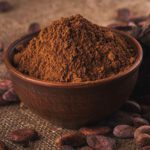
Corn starch (Corn Flour) is used as a thickening agent in liquid-based foods (e.g., soup, sauces, gravies, custard); it is mixed-in with a lower-temperature liquid to form a paste or a slurry. Corn Starch Corn flour is sometimes preferred over flour because it forms a translucent mixture, rather than an opaque one. It is usually included as an anti-caking agent in powdered sugar . Baby powders often includes cornstarch among its ingredients. A native maize starch used for its gelling or thickening properties in many sectors of food applications.
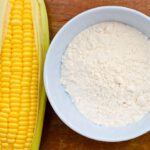
Dextrose Monohydrate is the monohydrate form of D-glucose, a natural monosaccharide and carbohydrate. Dextrose serves to replenish lost nutrients and electrolytes. The agent provides metabolic energy and is the primary ingredient in oral rehydration salts (ORS) and is used in intravenous (IV) fluids to provide nutrients to patients under intensive care who are unable to receive them by the oral route. Solutions containing dextrose restore blood glucose levels, provide calories, may aid in minimizing liver glycogen depletion and exerts a protein-sparing action. Dextrose also plays a role in the production of proteins and in lipid metabolism.
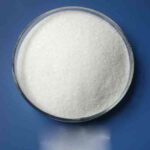
Maltodextrin is a type of carbohydrate, but it undergoes intense processing. It comes in the form of a white powder from rice, corn, wheat, or potato starch. Its makers first cook it, then add acids or enzymes to break it down some more. The final product is a water-soluble white powder with a neutral taste.
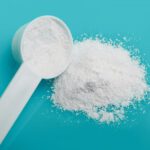
Liquid Glucose is an aqueous solution of nutritive saccharide obtained by starch hydrolysis, by using Corn and Rice as raw material, which is purified and concentrated to required solids. It is usually odorless and clear yellow colored viscous liquid sweet syrup which is processed and stored under hygienic conditions. It has wide application and is particularly useful where high concentrations of invert sugars are required. It also has such advantages as anti-crystalline, a lower freezing point and high degree of sweetening power relative to sucrose.
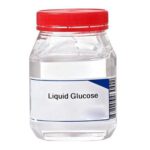
Monosodium glutamate (MSG) is the sodium salt of the common amino acid glutamic acid. Glutamic acid is naturally present in our bodies, and in many foods and food additives. How is it made? MSG occurs naturally in many foods, such as tomatoes and cheeses.
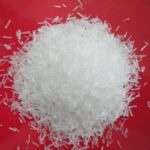
Monosodium phosphate (MSP), also called sodium dihydrogen phosphate or sodium phosphate monobasic, is a multifunctional ingredient that can be used as an acid regulator, sequestrant and nutrient supplement in food with the European food additive number E339(i). It is more acidic than disodium phosphate, which is alkaline.
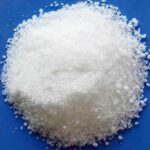
Baking soda, also known as sodium bicarbonate, is widely used in baking. This is because it has leavening properties, meaning it causes dough to rise by producing carbon dioxide.
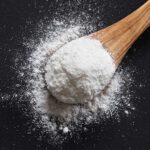
Lecithin is a food additive that comes from several sources — one of them being soy. It’s generally used as an emulsifier, or lubricant, when added to food, but also has uses as an antioxidant and flavor protector.
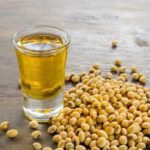
Despite what its name implies, textured vegetable protein is typically made from soybeans rather than vegetables. It’s produced during the process of making soybean oil. Once the oil is extracted from the soybeans, a high protein paste remains.
